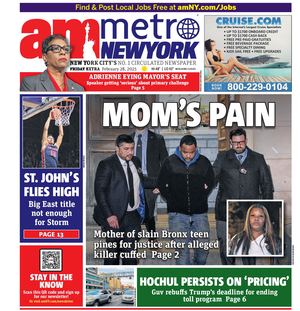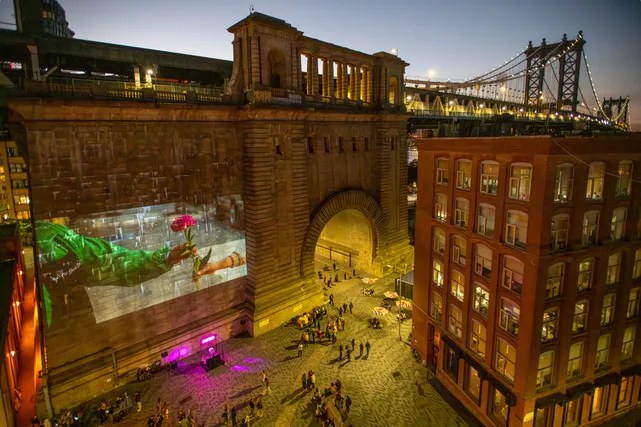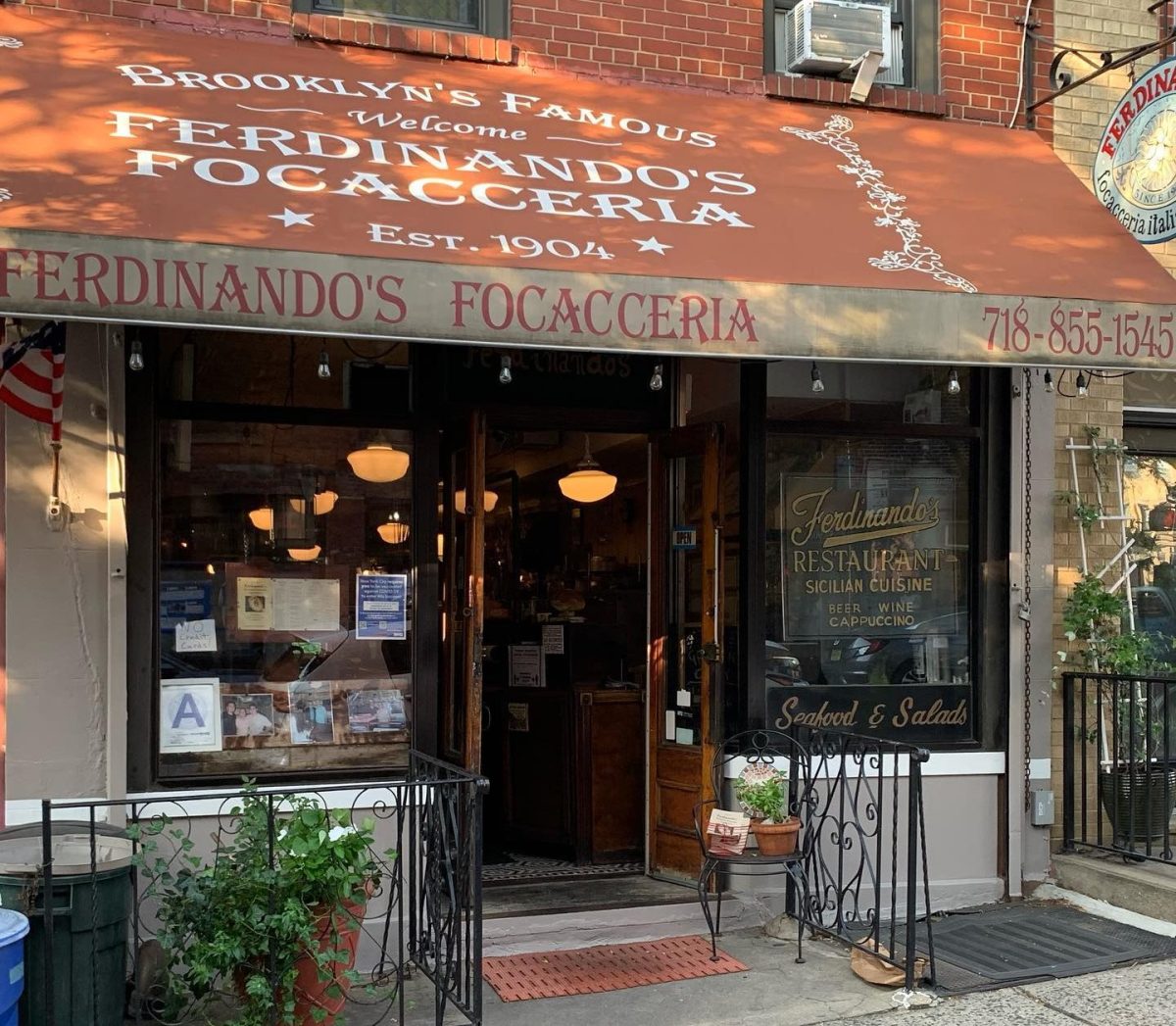Recounting the history of New York City in detailed and engaging prose is no easy feat. But renowned historian Mike Wallace has done it again with his new book, “Greater Gotham.”
Wallace and co-author Edwin Burrows nabbed a Pulitzer Prize in 1999 for their book “Gotham” which covers the city’s unruly beginnings through the end of the 19th century. Wallace, a distinguished professor of history at John Jay College of Criminal Justice and at the CUNY Graduate Center, went solo on his latest effort.
The new tome picks up where “Gotham” left off in 1898 as the city is stretching out — with a new subway system to connect the boroughs — and up as new corporations compete to build the tallest skyscrapers.
Wallace discussed “Greater Gotham” at the New York Public Library on Oct. 3 and at the Gotham Center on Oct. 6. He spoke with amNewYork about why he picked this period of time, how history echoes in modern day New York and tips on reading the 1,182-page volume that weighs almost five pounds.
Why did you decide to make the second installment focus on the period 1898 to 1919?
From the beginning the idea was to do the whole history of the city and that clearly was impossible to do in one volume.
I did think when I set out to do the post 1898 material that came after “Gotham,” the first volume, I did think I could get halfway through the 20th century in the second volume and then the rest of the way in the third volume. But this was idiotic.
The combination of more data, more things being written about the city and the greater complexity of the city itself made it clear that if I tried to get all the way to the end of the second war it would have been 3,000 pages — you know, ludicrous.
What was so special about that time period in New York City?
We go into [World War I] $4 billion in debt to Europe. We come out of the war with Europe $4 billion in debt to us. That makes it possible for New York to start breathing down the neck of London to become the financial capital of the world.
The period starts with the merger of Brooklyn and New York and lots of small towns and villages in the Bronx, Queens and Staten Island. It’s one giant supercity Greater New York.
Thousands of small competing companies merged into hundreds of gigantic corporations. You get a tremendous concentration of capital and one of the things that’s reflected is in the skyscrapers that now go shooting up.
The subway system made all kinds of things possible. In virtually nothing flat the Bronx explodes. Tenements go up all over the place along the subway line.
Times Square is the product of the subway line. Where there had been dim, dark, dangerous terrain is now the entertainment capital of the world.
Were you surprised by anything you learned when researching this book?
I guess one that has an echo in the current state of affairs now… The city is a multinational operation, (it) had been before, even more so in this period. What was new and was a little surprising to me was the fact that it began to be appreciated.
Tourist guidebooks in the 1850s tell you not to go into this neighborhood because it’s dangerous. Now in this period, the guidebooks boast about New York’s cosmopolitanism. Every nation under the sun is here. This is something to be proud about.
On one hand, the city’s multinationalism is strengthened, on the other hand it’s a source of tremendous conflict by people who don’t like that and at the end of this period say, “Well, the best thing we can do is pass an immigration restriction law.”
What’s the best way to read the book?
I still get letters and emails from people who tell me it took them four years to finish “Gotham.” If I had gold stars I would award them (laughs) but it doesn’t have to be that way.
Each chapter is constructed in such a way that it can be read independently. There is a section on Tin Pan Alley, a section on crime and prohibition, the development of libraries, sewers, bridges, engineering.
My suggestion is to look at the table of contents, find something interesting and dive in at that point. It’s not written in academic prose. It’s 8 million stories in the naked city. It’s a narrative.
You can keep it as a reference book but you may have to reinforce your shelf given the poundage.





































